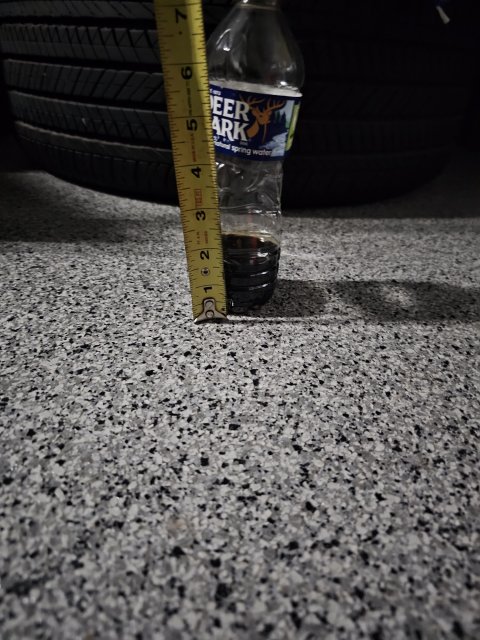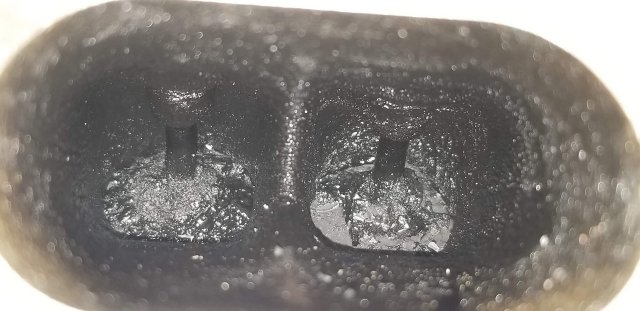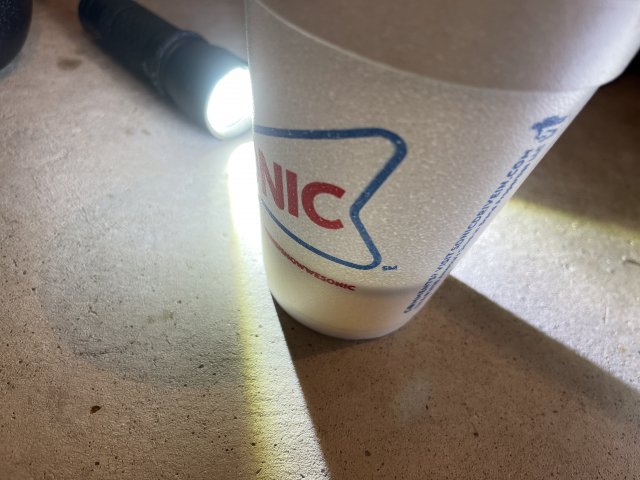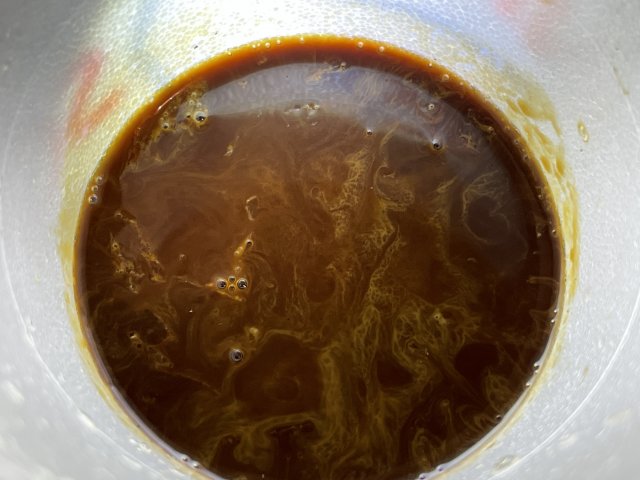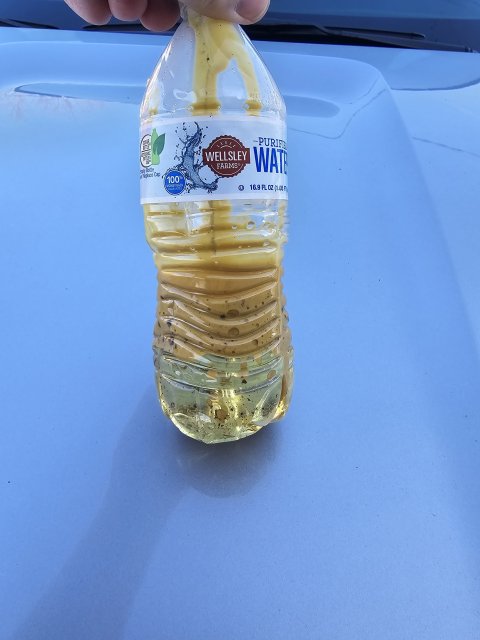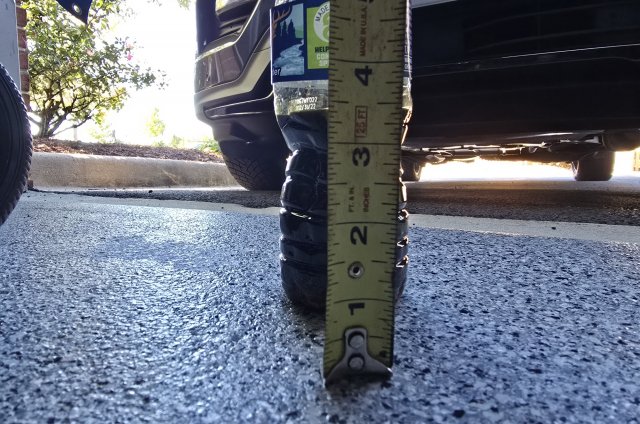-
Sign Up! To view all forums and unlock additional cool features
Welcome to the #1 Explorer ST Forum and Explorer ST community dedicated to Explorer ST owners and enthusiasts. Register for an account, it's free and it's easy, so don't hesitate to join the Explorer ST Forum today!
ALL YOU CATCH CAN GUYS; How much oil?
- Thread starter JohnE
- Start date
So these catch cans (and experts correct me if I'm wrong here) catch the oil and water condensate, but wouldn't there still be vapor that passes through anyway? Someone said earlier the engine heats up and would evaporate the water in the can...are we saying that the catch can if far enough away that the oil condensate deposits into the can and doesn't keep trucking into the motor?
Sorry if my questions are off the OG topic. Just trying to learn, I honestly don't know.
Sorry if my questions are off the OG topic. Just trying to learn, I honestly don't know.
Thread Starter
#27
Thread Starter
#27
So these catch cans (and experts correct me if I'm wrong here) catch the oil and water condensate, but wouldn't there still be vapor that passes through anyway? Someone said earlier the engine heats up and would evaporate the water in the can...are we saying that the catch can if far enough away that the oil condensate deposits into the can and doesn't keep trucking into the motor?
Sorry if my questions are off the OG topic. Just trying to learn, I honestly don't know.
Sorry if my questions are off the OG topic. Just trying to learn, I honestly don't know.
-
2
- Show All
Asking a newb question based on this thread... If there's so little, do you even need the catch can?
-
1
- Show All
Water (condensation) isn’t the issue, only the oil is. Water doesn’t leave deposits on the valves and pistons like oil does. Water collects in the crankcase in the form of condensation after a warm engine cools down, and is most evident when the relative humidity is high. When the engine is again started and warmed up, the water turns to vapor and with the absence of catch can, gets pulled into the induction system and burned off in the combustion chamber and exits through the exhaust. No harm no foul. There’s always some water in the air. When a catch can is installed, it just catches the water before entering the induction system, just as it catches the oil mist. If the catch can is located in an area that doesn’t get that hot, it won’t evaporate off as fast and get pulled into the intake and will stay in the catch can. It looks ugly but it makes no difference if it stays in the can or gets burned in the combustion chamber. Hope that helps.
-
1
- Show All
Disclaimer - I have zero knowledge in this area. Please forgive the following questions, if it's obvious to others.
1. If the oil entering the intakes is really an issue, why there is nothing from OEMs to stop this?
2. With the new vehicle under warranty (thinking of extending it), even if there is a failure, doesn't this get covered?
3. If I add a catch can, in CA, am I in trouble with warranty/smog test etc?
1. If the oil entering the intakes is really an issue, why there is nothing from OEMs to stop this?
2. With the new vehicle under warranty (thinking of extending it), even if there is a failure, doesn't this get covered?
3. If I add a catch can, in CA, am I in trouble with warranty/smog test etc?
Disclaimer - I have zero knowledge in this area. Please forgive the following questions, if it's obvious to others.
1. If the oil entering the intakes is really an issue, why there is nothing from OEMs to stop this?
2. With the new vehicle under warranty (thinking of extending it), even if there is a failure, doesn't this get covered?
3. If I add a catch can, in CA, am I in trouble with warranty/smog test etc?
1. If the oil entering the intakes is really an issue, why there is nothing from OEMs to stop this?
2. With the new vehicle under warranty (thinking of extending it), even if there is a failure, doesn't this get covered?
3. If I add a catch can, in CA, am I in trouble with warranty/smog test etc?
-
1
- Show All
total catch can accumulation after ~45k. I had kinda forgotten to empty it for some time (e.g. last pic...) and it had a lot in it this time. In the past it had been a thin liquid, this time there was some sludge in the bottom. My bad for not emptying it more often. I do have the extended can from J&L which probably saved my poor ST from drowning.
Attachments
-
1.1 MB Views: 26
Explorer ST Posts
-
-
-
-
-
Per Ford, No future upgrades to Bluecruise
- Latest: Gadgtfreek
-
-

